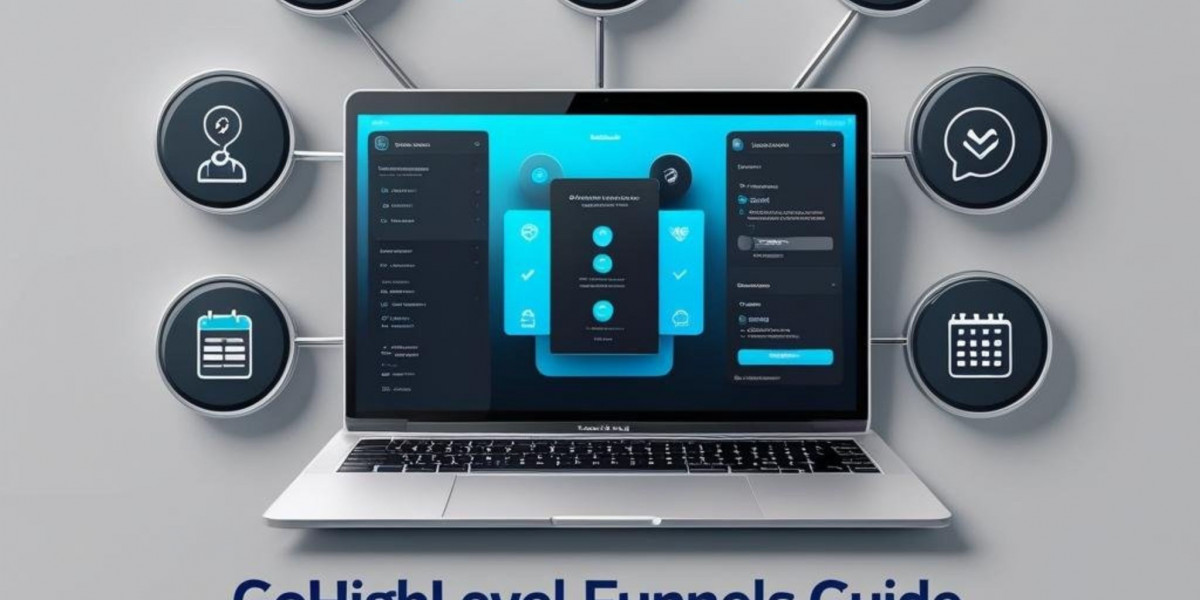In today’s digital age, the word “blockchain” is more than just a buzzword. It's a revolutionary technology that's changing the way we store, share, and secure information. From cryptocurrencies like Bitcoin to supply chain transparency and digital identity verification, blockchain is transforming industries worldwide.
But what exactly is blockchain? And how does it work? Let’s break it down in simple terms.
What Is Blockchain Technology?
Blockchain is a type of digital ledger or database that records information in a secure, transparent, and decentralized way.
Unlike traditional databases that are controlled by a single organization, blockchain is distributed across a network of computers (called nodes). Each computer in the network has a copy of the entire blockchain, which makes it almost impossible to alter or hack.
Each record of data is stored in a “block,” and these blocks are linked together in a chronological chain—hence the name blockchain.
Key Features of Blockchain
Here are some important characteristics that make blockchain unique:
1. Decentralized
There’s no central authority. Instead, all participants (nodes) have equal access to the data.
2. Transparent
Every transaction is recorded and can be seen by anyone on the network. This helps build trust among users.
3. Secure
Blockchain uses cryptographic algorithms to protect data. Once a block is added, it cannot be changed.
4. Immutable
Data on the blockchain is permanent. If someone wants to change a block, they would have to alter every block after it, which is nearly impossible.
How Does Blockchain Work?
Let’s walk through a simplified version of how blockchain technology works, step by step.
Step 1: A Transaction Is Requested
Imagine you want to send some cryptocurrency (like Bitcoin) to a friend. This is considered a transaction.
Step 2: The Transaction Is Broadcast to the Network
The request is sent to a peer-to-peer (P2P) network made up of nodes (computers). These nodes work together to verify the transaction.
Step 3: Verification by Nodes
The nodes check if the transaction is valid using algorithms. They confirm that you have enough balance and that the transaction meets all conditions.
Step 4: The Transaction Is Added to a New Block
Once verified, the transaction is grouped with other transactions and added to a new block.
Step 5: The New Block Is Added to the Chain
This new block is linked to the previous block using a unique code called a hash. This creates a chain of blocks – the blockchain.
Step 6: The Transaction Is Complete
Now, the transaction is recorded and visible to all participants. It can’t be changed or deleted.
Where Is Blockchain Used
Blockchain is not just for cryptocurrencies. It has real-world applications in many industries, including:
1. Finance
Used for secure and fast payments, smart contracts, and fraud prevention.
2. Supply Chain
Tracks goods from origin to delivery, improving transparency and efficiency.
3. Healthcare
Stores patient records securely and ensures only authorized people have access.
4. Voting Systems
Enables transparent, tamper-proof digital voting.
5. Real Estate
Helps manage property records and reduce fraud.
Types of Blockchain
There are different types of blockchain, depending on who can access them.
1. Public Blockchain
Open to everyone. Examples include Bitcoin and Ethereum.
2. Private Blockchain
Restricted to a specific group. Used by businesses for internal processes.
3. Consortium Blockchain
Controlled by a group of organizations. Offers a balance between public and private blockchains.
Advantages of Blockchain
Enhanced security
Faster transactions
Reduced costs
Transparency and trust
Eliminates intermediaries
Challenges of Blockchain
Scalability – can be slow with high transaction volumes.
Energy consumption – especially in cryptocurrency mining.
Regulatory uncertainty – laws are still evolving.
Complexity – technology is still hard for many to understand and use.
Final Thoughts
Blockchain is more than just the technology behind Bitcoin. It’s a powerful system for secure, transparent, and decentralized data management that has the potential to disrupt almost every industry.
Whether you’re a developer, investor, business owner, or just curious about technology, understanding blockchain is essential in today’s digital world. As adoption grows, so do the possibilities.
Important Links








